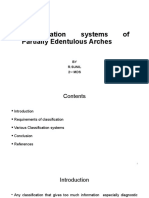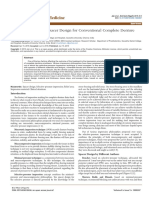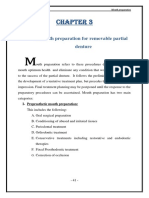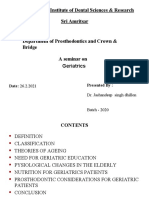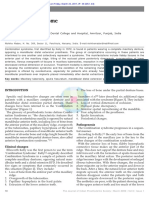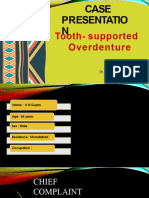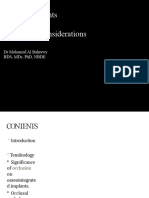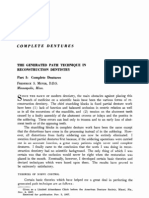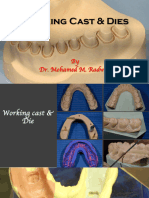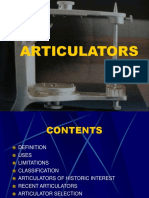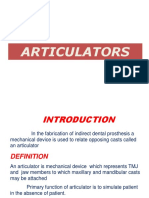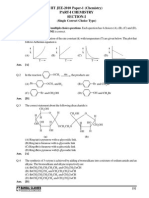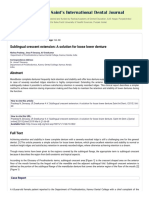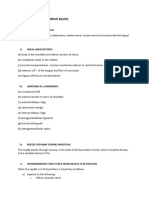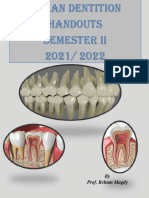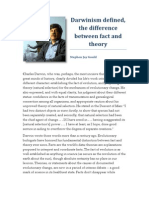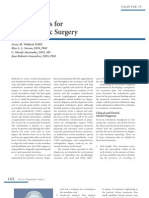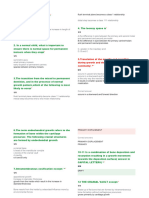0% found this document useful (0 votes)
115 views99 pagesArticulators
The document provides an extensive overview of articulators used in prosthodontics, detailing their evolution, classification, requirements, uses, advantages, and limitations. It discusses various types of articulators, including adjustable and non-adjustable types, and highlights current popular models. The content emphasizes the importance of articulators in simulating jaw movements for dental prosthesis fabrication and their role in diagnosing occlusal conditions.
Uploaded by
Abhishek JainCopyright
© © All Rights Reserved
We take content rights seriously. If you suspect this is your content, claim it here.
Available Formats
Download as PPTX, PDF, TXT or read online on Scribd
0% found this document useful (0 votes)
115 views99 pagesArticulators
The document provides an extensive overview of articulators used in prosthodontics, detailing their evolution, classification, requirements, uses, advantages, and limitations. It discusses various types of articulators, including adjustable and non-adjustable types, and highlights current popular models. The content emphasizes the importance of articulators in simulating jaw movements for dental prosthesis fabrication and their role in diagnosing occlusal conditions.
Uploaded by
Abhishek JainCopyright
© © All Rights Reserved
We take content rights seriously. If you suspect this is your content, claim it here.
Available Formats
Download as PPTX, PDF, TXT or read online on Scribd
/ 99




